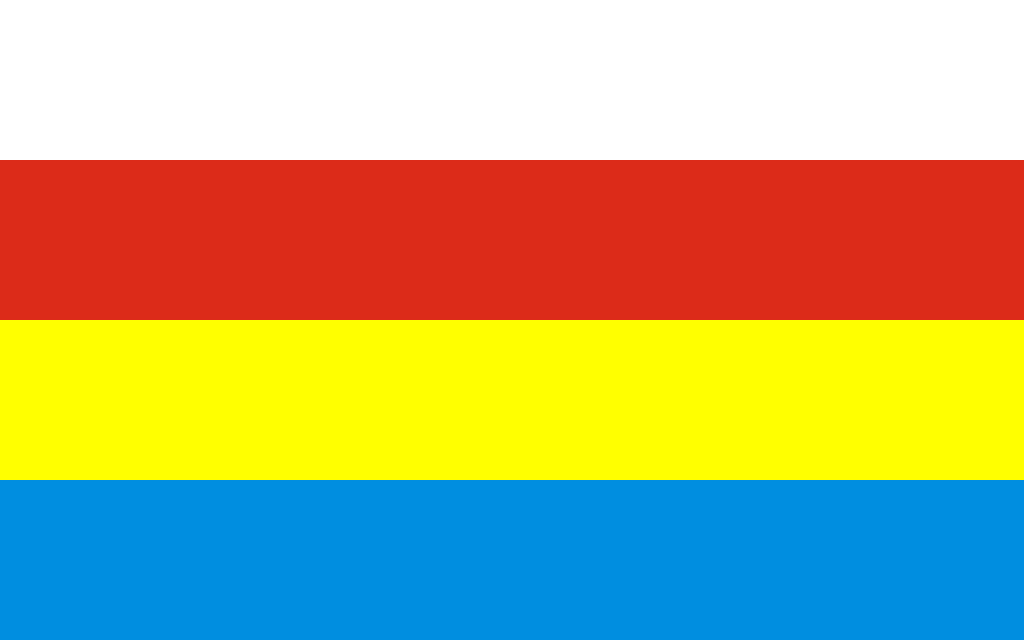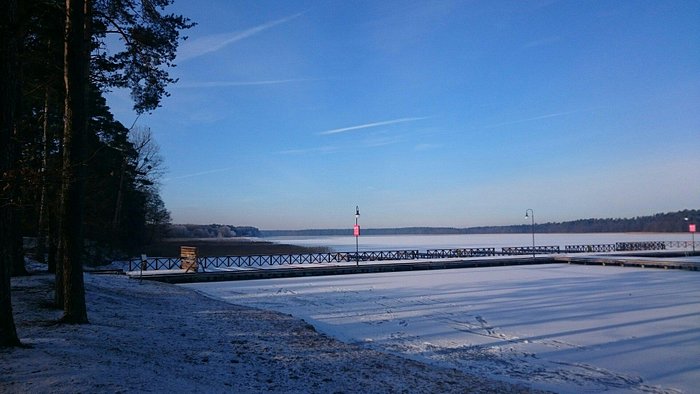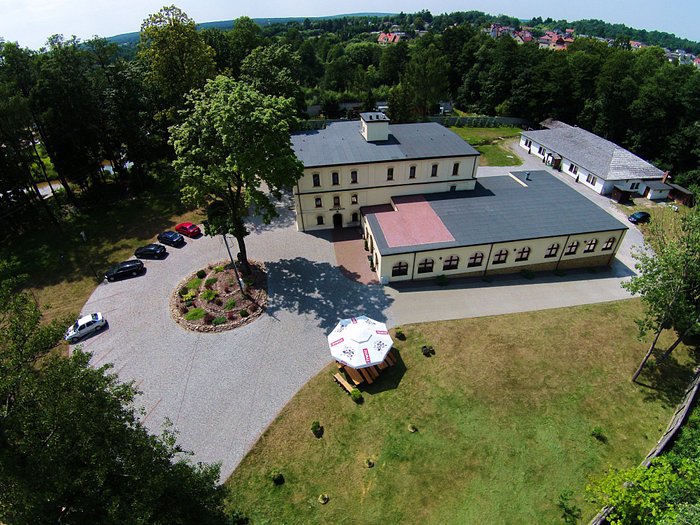Podlasie
WELCOME TO Podlasie
Region Overview
Białystok
20,187 km2
1,185,089
Polish

Popular
Geography and Tourist Attractions
Information about the province's tourist attractions, including popular destinations, events, and activities.

Białowieża Forest

Biebrza National Park

Tykocin
Political
Economy and Government
The economy of the Podlasie region is mainly based on agriculture, forestry, and food processing. It is also home to a number of industries such as textiles, chemicals, and machinery. The region has a well-developed transportation infrastructure, with good road and rail connections to major cities in Poland and beyond. The Podlasie Special Economic Zone, located in the city of Białystok, offers tax incentives and other benefits to companies looking to invest in the region.
The government of the Podlasie region is led by the marshal, who is elected by the regional assembly for a term of four years. The assembly, in turn, is composed of 30 members elected for a term of four years. The regional government is responsible for a wide range of issues, including economic development, infrastructure, education, and social welfare. It works closely with the national government in Warsaw to promote the region's interests and secure funding for projects. The Podlasie region is also home to a number of universities and research institutes, which play an important role in promoting innovation and development in the region.

History
History and Culture
The Podlasie region of Poland is known for its rich cultural and historical heritage, which has been shaped by the region's location at the crossroads of different civilizations and cultures. The region was home to several ethnic groups, including Poles, Belarusians, Lithuanians, and Jews, who have all contributed to the region's unique cultural landscape.
One of the region's most notable cultural attractions is the Białowieża Forest, a UNESCO World Heritage site that is home to one of the last remaining primeval forests in Europe. The forest is also home to the European bison, which was once on the brink of extinction but has been successfully reintroduced to the area.
The region is also known for its rich religious heritage, with a number of historic churches and monasteries located throughout the area. One of the most famous of these is the Orthodox Holy Trinity Monastery in Supraśl, which dates back to the 15th century.
The Podlasie region is also home to a number of traditional crafts, including pottery, weaving, and woodcarving. These crafts are celebrated at festivals throughout the year, such as the International Folklore Festival in Białystok.
Finally, the region is known for its traditional cuisine, which features a mix of Polish, Belarusian, and Lithuanian influences. Signature dishes include potato pancakes, pierogi, and kielbasa sausage, which are all staples of the region's cuisine.
HOTELS

Hotel Branicki

Hotel Aristo

Hotel Podlasie
RESTAURANTS

Restauracja Miód Malina

Zajazd Podlasie

